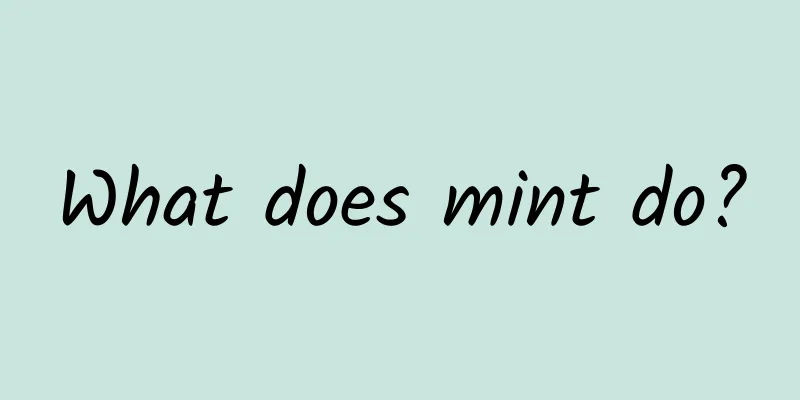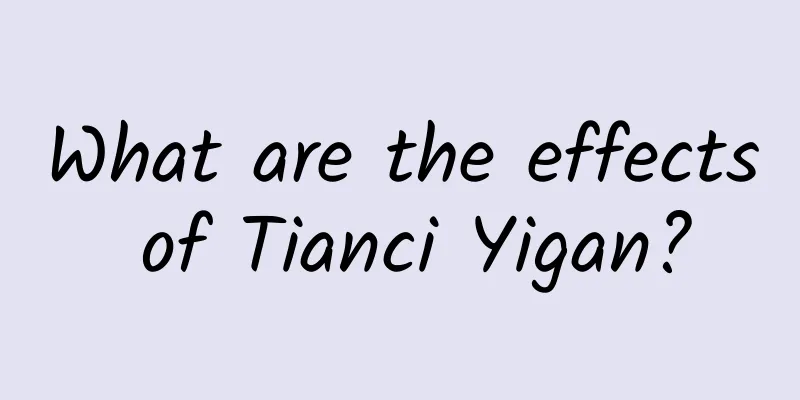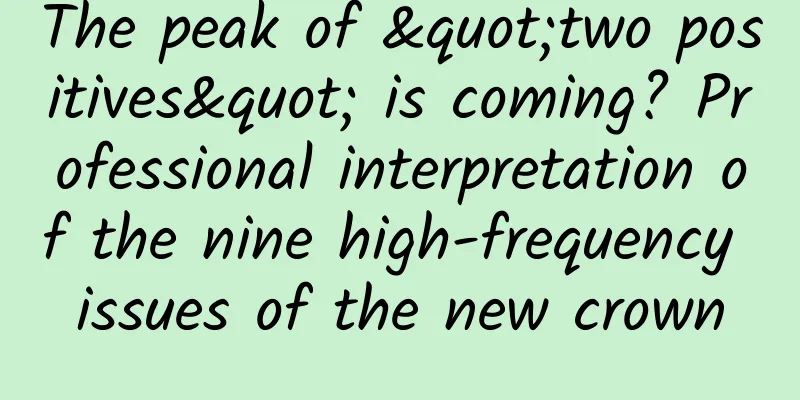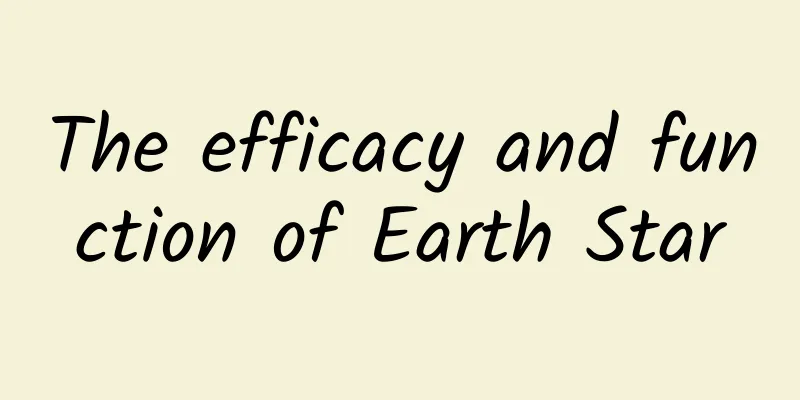What does mint do?

|
What are the effects of mint? Most people don't know this question. Of course, for most Chinese medicine practitioners, this question does not seem to be a problem, because they use mint in many of their daily prescriptions, so they are very familiar with the effects of mint. But then again, most people don’t usually know the effects of mint. Strictly speaking, mint should be considered a common herb, but due to its growth habits, people in many areas cannot see mint, and naturally they do not understand or care about the effects of mint. In fact, many people know that mint has a refreshing effect. So, let’s talk about the effects of mint. "Compendium of Materia Medica" believes that mint is spicy, cool and non-toxic. Cooking and eating raw or cooked food for a long time can remove evil toxins, eliminate fatigue, relieve sleepiness, and make people have fragrant and clean breath. It can also treat excessive phlegm and various colds. In addition, the decoction can be used for washing to treat knee sores, the juice can be squeezed and taken to remove wind-heat and oral diseases, the juice can be mashed and taken orally to remove the bitterness of the tongue coating; the leaves can be used to plug the nose to stop bleeding; it can also treat bee stings and snake bites. In addition, mint also has beauty benefits. Mint tea can be used to wash your hair, which can eliminate dandruff and make your hair refreshed. After shampooing, there will be a natural fragrance to refresh you. Applying mint juice externally can make your skin smoother. In addition, brushing your teeth with dried mint leaves for a long time can make your teeth whiter and your breath fresher. The role of mint 1. The medical and health benefits of mint. The stems and leaves of mint are used as medicine. They are pungent, cool, and fragrant. They enter the lung and liver meridians, and have the effects of dispersing wind-heat, clearing away heat and relieving exterior symptoms, dispelling wind and reducing swelling, and relieving sore throat and pain. They are often used for wind-heat colds, wind-heat headaches, red and painful eyes, sore throat, and measles rash. 2. Traditional Chinese medicine uses mint as a diaphoretic and antipyretic agent. Middle-aged and elderly people can eat some mint porridge to refresh their minds, dispel wind and heat, increase appetite and help digestion. In summer, you can make yourself a "cool soup" with mint at home. It can quench your thirst and relieve heat. You may want to give it a try. 3. Anti-inflammatory and analgesic effects. Since the medical community proposed the use of "starvation therapy" to treat cancer in 2003, scientists have studied a large number of drugs and found that mint leaves can prevent the growth of blood vessels in cancer lesions, depriving the tumor of blood supply and eventually "starving" to death. 4. There are more mosquitoes in the summer. Put mint near the window in the bedroom and spray some water on it every evening to let the fragrance of the mint fully release. Mosquitoes that can't stand the fragrance will run away. If you are bitten by mosquitoes, you can use mint juice to relieve the itching, which will make you feel cool and comfortable afterwards. 5. The therapeutic effects of mint. Mint has both medicinal and edible functions. The edible parts are mostly stems and leaves. There are many ways to eat mint. It can be used as a seasoning and spice. It can also be paired with wine, made into tea, or even squeezed into juice. In the hot summer, you might as well give yourself mint herbal tea or mint soup to quench your thirst and relieve heat. In fact, the effects of mint are manifested in many aspects. I believe that through the above introduction, everyone should also know some of the ineffective effects of mint. In fact, the effects of mint are specifically manifested as: clearing away heat and detoxifying, treating colds, relieving heat and thirst, reducing inflammation and relieving pain, etc. These points alone have many benefits for our bodies. |
<<: How to treat gray hair with Polygonum multiflorum
>>: The difference between white peony root and red peony root
Recommend
12 Popular Enzyme Reviews: Can Enzymes Really Help You Lose Weight? Can They Help You Moisten Your Intestines and Have a Laxative Effect?
When it comes to enzymes, the most common effects...
What is the difference between Pueraria lobata and Pueraria lobata?
When it comes to Pueraria lobata, many people may...
The efficacy and function of sea eggplant
Do you know what sea eggplant is? If you know, do...
The efficacy and function of red spruce
The development of Western medicine has brought s...
The efficacy and function of white hemp
Many people choose white fat hemp because of its ...
The efficacy and function of Yang Yan
In modern life, everyone is very familiar with va...
Introduction to the uses and effects of monk fruit
Many people like to use monk fruit to make tea. D...
Can wolfberry delay aging in women?
Wolfberry is a common Chinese herbal medicine, wh...
The efficacy and function of palm leaf seven
Do you know about Palm Leaf Seven? It is a common...
What are the medicinal values of Alisma
Alisma orientalis is a herb that likes to grow ne...
The efficacy and function of dragon ball [picture]
There are many common Chinese medicinal materials...
The efficacy and function of chicken kidney ginseng
As a traditional Chinese medicine, chicken kidney...
Korean weight loss Chinese medicine bag
Nowadays, there are so many ways to lose weight t...
A person born after 1985 won the Nobel Prize and received top honor at such a young age. What did he rely on?
Recently, with the announcement of the 2024 Nobel...
Are hollow strawberries the result of hormone injections?
It’s strawberry season again. Dandong 99 strawber...









